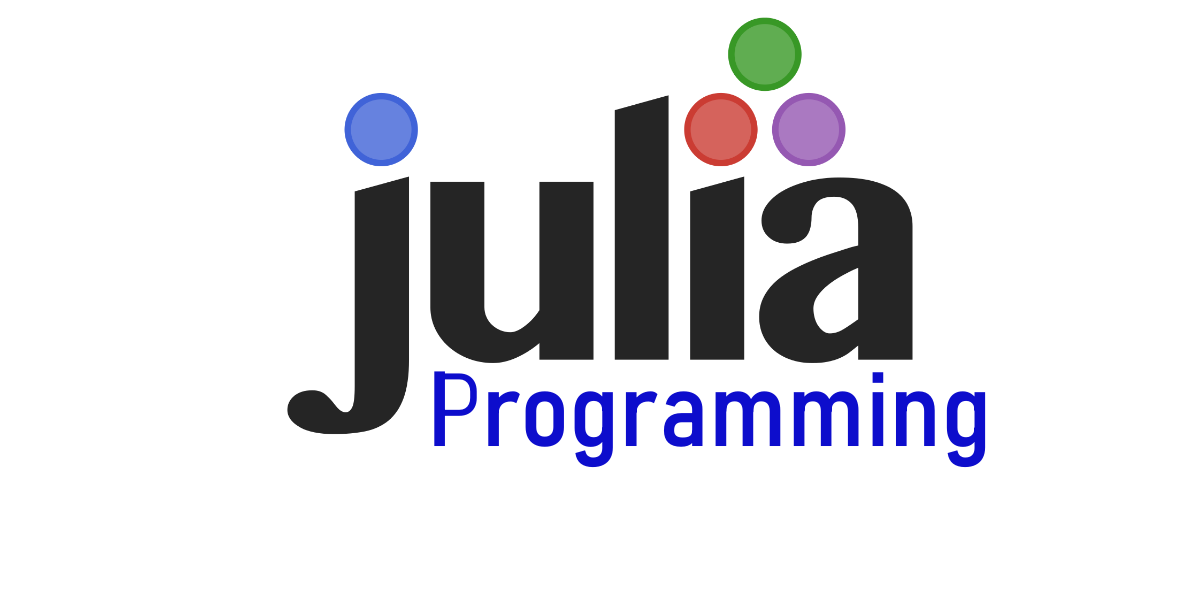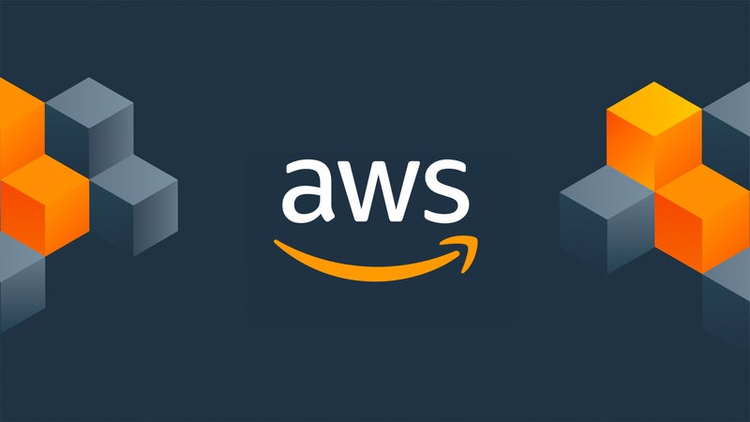Julia, a high-level, high-performance programming language, has been making waves in the world of scientific computing, data analysis, and machine learning. Conceived in 2009 and officially released in 2012, Julia combines the best of both worlds: the productivity of languages like Python and R, and the performance of C and Fortran. In this article, we will explore Julia’s history, why it is trending now, its diverse applications, how it compares with other languages, and the fundamental features that make it a powerful tool for modern computing.
History of Julia
Julia was created by Jeff Bezanson, Stefan Karpinski, Viral B. Shah, and Alan Edelman at the Massachusetts Institute of Technology (MIT). The language was officially introduced in 2012, and the creators had a clear vision: they wanted a language that was fast, open source, easy to use, and dynamic. Julia was designed to address the “two-language problem” often encountered in scientific computing, where developers prototype in a high-level language like Python or MATLAB and then rewrite the code in a low-level language like C or Fortran for performance.
Key milestones in Julia’s development include:
- 2009: Development of Julia begins.
- 2012: Julia is officially released.
- 2015: Julia reaches version 0.4, showcasing significant performance improvements and added features.
- 2018: Julia 1.0 is released, marking the language as production-ready.
- 2021: Julia reaches 1.6, further enhancing stability and performance.
Why Julia is Trending Now
Julia’s popularity has surged in recent years due to several factors:
- Performance: Julia is designed for high performance, often matching or exceeding the speed of C.
- Ease of Use: The syntax is simple and intuitive, making it accessible to both novices and experienced programmers.
- Interoperability: Julia seamlessly integrates with other languages, such as Python, C, and R, allowing for flexible and powerful multi-language solutions.
- Community and Ecosystem: The Julia community is active and rapidly growing, contributing to a rich ecosystem of packages and tools.
- Adoption by Industry and Academia: Julia is being adopted by a variety of sectors, including finance, pharmaceuticals, and academia, for its ability to handle complex computations efficiently.
Uses of Julia
Real-World Use Cases
1. Finance: Julia is used by Aviva, a major insurance company, to optimize their financial models. Julia’s speed and efficiency allow for faster simulations and risk assessments, saving significant computational costs.
2. Pharmaceuticals: The pharmaceutical industry uses Julia for drug discovery and development. Pfizer, for example, employs Julia to analyze clinical trial data, reducing the time needed to bring new drugs to market.
3. Academia: Universities and research institutions worldwide use Julia for teaching and research. MIT offers courses that incorporate Julia for numerical analysis and machine learning.
4. Climate Modeling: Julia is used in climate modeling to simulate complex environmental processes. The language’s performance enables researchers to run more detailed and accurate models.
Comparison with Competitors
Julia stands out in several ways when compared to other popular programming languages:
1. Python
- Performance: Julia is generally faster than Python, especially for numerical and scientific computing.
- Ease of Use: Both languages are easy to learn, but Julia’s syntax is more consistent.
- Interoperability: Julia can call Python libraries using the PyCall package, allowing users to leverage Python’s extensive ecosystem.
2. R
- Performance: Julia is significantly faster than R, particularly for large-scale data processing.
- Statistical Capabilities: While R is known for its statistical libraries, Julia’s growing ecosystem is quickly catching up.
3. MATLAB
- Cost: Julia is open source and free, while MATLAB requires expensive licenses.
- Performance: Julia often outperforms MATLAB, particularly for high-performance computing tasks.
Fundamentals of Julia
1. Just-In-Time (JIT) Compilation
Julia uses LLVM-based JIT compilation, allowing it to compile code at runtime and achieve high performance. This means that Julia combines the ease of scripting languages with the speed of compiled languages.
2. Multiple Dispatch
Multiple dispatch is a core feature of Julia, enabling the selection of method implementations based on the runtime types of all function arguments. This makes Julia both flexible and efficient.
Example:
function add(x, y)
return x + y
end
add(1, 2) # calls add for integers
add(1.0, 2.0) # calls add for floats3. Dynamic Typing
Julia is dynamically typed, meaning that types are determined at runtime. This flexibility allows for rapid development and iteration.
Example:
x = 10
x = "Hello"4. Metaprogramming
Julia supports metaprogramming, allowing code to generate other code, which can then be executed. This is particularly useful for creating domain-specific languages and reducing boilerplate code.
Example:
macro sayhello(name)
return :(println("Hello, $name"))
end
@sayhello "Julia"5. Interoperability
Julia can call functions from C, Python, and Fortran directly, allowing developers to utilize existing libraries and integrate Julia into their existing workflows.
Example:
using PyCall
@pyimport math
math.sqrt(2)6. Community and Ecosystem
The Julia community is vibrant and active, contributing to a rich ecosystem of packages available through the Julia package manager (Pkg). Major events like JuliaCon attract developers and researchers from around the world, fostering collaboration and innovation.
Popular Julia packages:
- DataFrames.jl: For data manipulation similar to pandas in Python.
- Flux.jl: A machine learning library.
- DifferentialEquations.jl: For solving differential equations.
7. Educational Resources
To get started with Julia, there are numerous resources available:
- Books: “Julia Programming for Beginners” and “Think Julia”.
- Courses: MIT’s “Introduction to Computational Thinking” on edX.
- Online Tutorials: JuliaAcademy and the official Julia documentation.
8. Future of Julia
Julia continues to evolve with contributions from its community. Future developments include enhanced compiler optimizations, improved package management, and expanded libraries for machine learning and data science. Julia is poised to play a significant role in fields requiring high-performance computing and numerical analysis.
Conclusion
Julia’s unique combination of performance, ease of use, and flexibility makes it a standout language for modern computing. Whether you are in finance, pharmaceuticals, academia, or any field requiring complex computations, Julia offers powerful tools to achieve your goals. Explore Julia today and join a thriving community of innovators.




